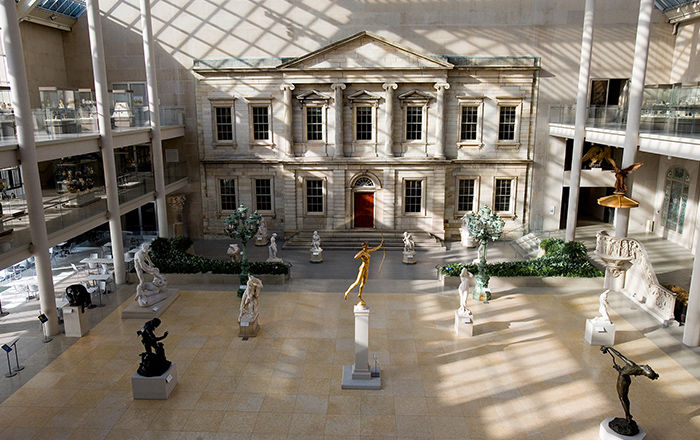Celery vase
Attributed to Boston & Sandwich Glass Company American
The development of pressed glass during the 1820s was the most innovative technological improvement since the invention of the blowpipe two thousand years earlier. Credited as an American development, it revolutionized glassmaking, taking the process out of the hands of the individual glass blower, and enabling the shape and decoration of an object to be made in a single swift process. Cut glass provides the patterns for the earliest pressed vessels, such as this celery vase. It features repeated designs of what appear to be tulip blossoms (although collectors often refer to this as the Cape Cod Lily) and leaves. The Boston and Sandwich Glass Company produced quantities of lacy pressed glass. Based upon fragments found at Sandwich factory site, the celery is attributed to that firm. It is one of a very few examples known.
This image cannot be enlarged, viewed at full screen, or downloaded.


